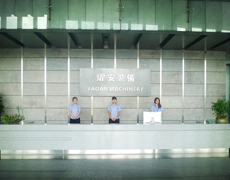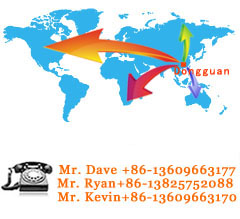Your Location : Home > News > Details Nonwoven Fabric Extrusion Machine
Nonwoven fabric doesn't need to be formed by weaving, spinning, just need to form the short fibers or filaments to web structure, and use mechanical, thermal or chemical methods to reinforce. This kind materials breaking the traditional woven textile theory, and have short process, high production speed, high output, low cost, versatile, and multi-source characteristics, which are mainly used as below:
(1) Medical, and Health usage non-woven fabrics: surgical gown, protective clothing, disinfection cloth, masks, diapers, civilian cloths, wipes, wet towel, magic towel, Counting Towel Roll, beauty supplies, sanitary napkins, health care pads, and disposable sanitary cloth, etc.
(2) Decorative nonwoven: with wall covering, table cloth, bed sheets, bed spreads;
(3) Garment non-woven: Interlining, shape cotton, synthetic leather base cloth, etc;
(4) Non-woven fabrics for industrial use: filter materials, insulation materials, packing bag, geotextile, covered cloth, etc;
(5) Agricultural non-woven fabrics: crop protection cloth, seedling distribution, irrigation cloth, insulating curtains, etc.;
(6) Other non-woven fabrics: space cotton, heat insulation materials, linoleum smoking, smoke filters, tea bags and other bags.
Here are some non-woven products development information for reference:
1. Great development in recent years
By 1998, world consumption of non-woven fabrics has reached 2,400,000 tons. In 1970, its consumption is only 400,000 tons. So its consumption is expected to reach 4,000,000 tons.
Non-woven manufacturers are mainly in the United States (accounting for 41% of the world), Western Europe accounted for 30%, Japan 8%, China's output accounted for only 3.5% of the world, and its consumption is 17.5% of the world. By 2007, China's output will reach 7%; its consumption will increase to 21%.
Currently, worldwide production for the non-woven fiber, 63% polypropylene, 23% polyester, 8% viscose, 2% acrylic fiber, 1.5% polyamide, 3% of the remaining other fibers.
In recent years, non-woven absorbent material in health, medicine use, transport use, footwear of textile materials on the application volume has significantly increased.
2. Non-woven production and consumption
Global consumption of nonwovens in 1983 is 800,000tonnes, to 1985, increased to 1,100,000 tons, in 1988 reached to 1,400,000 tons. By 1998, global consumption of non-woven is 2,400,000 tons.
For a variety of man-made fiber textile consumption in 1983 is 16,900,000 tons, to grow to 20,400,000 tons in 1988, reached 30,400,000 tons in 1998, estimated that by 2005, its consumption of 37,000,000 tons.
3. Non-woven fabrics growth factors
Factors affecting the growth of all man-made fibers can be more or less right to man-made fiber textile products as raw materials have been affected, of which the greatest impact on the non-woven textiles.
Population growth factors affecting is smaller than other industries like garments. However, if taking into account the non-woven fabrics in baby diapers applications, while population growth is also an important factor.
Natural fibers replacement is greater impact on the textiles than nonwovens, as non-woven production basically depends on the man-made fibers.
Man-made fibers in commercial development and non-woven professional applications: the establishment of the international economic treaties, making micro-fiber, composite fiber, biodegradable polyester fiber and a new access to the growth of trade. This is a great impact on the non-woven fabrics, but clothing and knitted textiles class has little effect.
Replace textiles and other products: This includes being non-woven textiles, knitted textiles, plastic films, polyurea foam, wood pulp, leather replaced. This is required by the product cost and performance.
As applications for the production, three major fibers proportion are as below: polypropylene fibers (62% of the total), polyester (24% of the total), and viscose fiber (8% of the total). From 1970 to 1985, non-woven viscose fiber production is the most widely used. But in the latest 5 years, in absorbing and medicine health textiles field, polypropylene fibers and polyester fibers began to dominate the application. In the early non-woven production market, nylon taken the major market, since 1998, acrylic fibers began to increase, especially in the leather manufacturing field.







